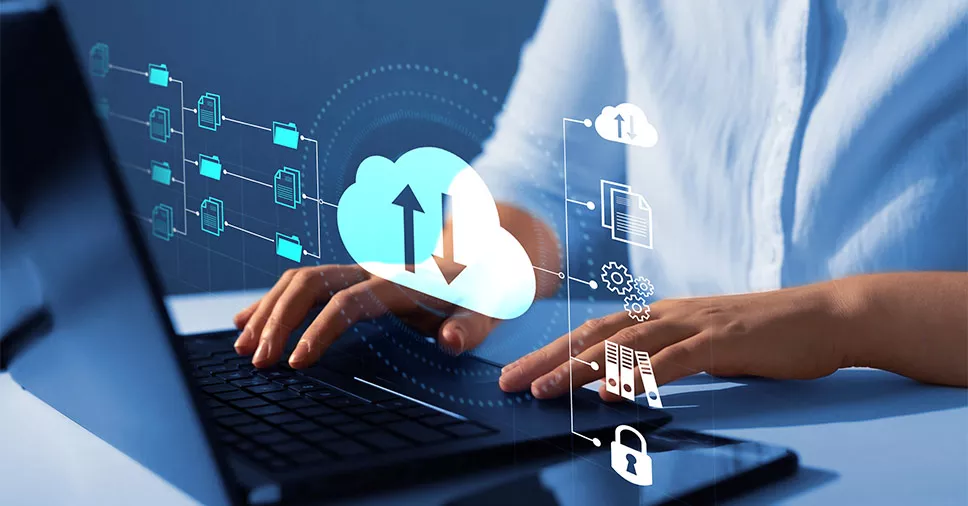
Imagine being able to see a doctor from the comfort of your own home, with just a few clicks on your phone. This reality is now possible thanks to telemedicine apps, which are transforming the way we manage our health.
In an increasingly connected world, these digital tools offer convenience, speed, and accessibility, making healthcare more inclusive for everyone.
In this article, we'll explore how telemedicine applications are changing the global health landscape, discussing their benefits, challenges, and future potential.
If you're curious about how this technology can impact your life or want to better understand why it's so relevant today, keep reading—the answers are here.
Telemedicine is not completely new; its roots go back to the first phone calls between doctors and patients in decades past.
However, it was in recent years, especially after the 2020 pandemic, that this concept gained traction and established itself as an essential part of the modern healthcare system. Today, telemedicine applications enable online consultations, remote monitoring, and even virtual diagnoses.
But why now? First, the popularization of smartphones and expanded internet access have created ideal conditions for people from different regions to use these services.
Second, the need for social distancing during the pandemic accelerated the adoption of these platforms, demonstrating their practical and efficient value. Studies indicate that more than 60% of medical consultations conducted in 2021 were conducted virtually, an impressive number that reflects the impact of this technological shift.
**Important Tip:** When choosing a telemedicine app, make sure it is regulated by your country's health authorities, ensuring safety and reliability.
Telemedicine apps offer numerous benefits for both patients and healthcare professionals. For those seeking care, the main advantage is convenience: there's no need to waste time traveling or waiting in long lines. Furthermore, many of these apps offer flexible scheduling, allowing you to schedule an appointment at convenient times.
For physicians, telemedicine simplifies administrative processes, reducing the burden of in-person work and allowing for greater geographic reach. This means they can treat patients in remote areas or those with limited healthcare resources, democratizing access to medical care.
A practical example? A recent study showed that patients with chronic diseases, such as diabetes or hypertension, were able to significantly improve their clinical management by using telemonitoring apps. This is because these tools allow them to track vital signs in real time and adjust treatments as needed.
While the benefits are clear, implementing telemedicine also faces significant challenges. One of the main obstacles is access to technology.
Not everyone has adequate mobile devices or a stable internet connection, especially in rural or economically vulnerable communities. Another critical issue is the privacy of medical data—ensuring that sensitive information is protected is crucial to prevent fraud or leaks.
Furthermore, there are technical limitations that need to be overcome. Some physical examinations, such as auscultation or palpation, still require direct contact between doctor and patient. However, technological advances, such as high-definition cameras and portable sensors, are helping to minimize these barriers.
**Curiosity:** Some companies are developing wearable devices that integrate with telemedicine applications, allowing for even more accurate monitoring of users' health.
Artificial intelligence (AI) is revolutionizing telemedicine, making it more accurate and efficient. Advanced algorithms can analyze symptom patterns, suggest preliminary diagnoses, and even predict complications before they occur.
For example, AI-powered applications can evaluate radiological images or laboratory results in seconds, freeing up more time for clinicians to focus on the human aspects of care.
Another promising application is the use of chatbots for initial patient screening. These systems interact with users, collecting basic information and directing them to the right specialist.
Although still in the development phase, this approach has the potential to ease the burden on hospitals and clinics.
However, it's important to remember that AI should be used as a complement, never as a complete replacement for human clinical judgment. After all, health care goes beyond numbers and data—it involves empathy, active listening, and interpersonal relationships.
The future of telemedicine looks bright. With increasing investment in research and development, we can expect even more surprising advances in the coming years. Imagine applications that integrate personal genetics, lifestyle, and medical history to create highly personalized treatment plans.
Or platforms that connect patients from anywhere in the world to renowned specialists, eliminating geographical boundaries.
Real-life stories already illustrate this potential. Maria, a young woman living in rural Brazil diagnosed with a rare condition, found hope through a virtual consultation with an international doctor specializing in her case. She reports that "without telemedicine, it probably would have taken much longer to receive the correct diagnosis."
As a society, we must support and encourage the growth of this field, ensuring that everyone has equal access to technological innovations. Together, we can build a future where health is within everyone's reach, regardless of where we live.
Telemedicine apps represent a quiet revolution in the way we care for our health. They offer convenience, accessibility, and innovation, while addressing significant challenges that need to be overcome. Throughout this article, we've seen how this technology is transforming lives, from practical improvements in daily life to solutions based on artificial intelligence.
If you haven't tried a telemedicine app yet, it might be time to take the first step. Consider how these tools can enrich your self-care routine and facilitate access to medical services. Remember: the future of healthcare is in our hands—literally, in our cell phone pockets.
What about you? Have you ever used a telemedicine service? Share your experience in the comments below!